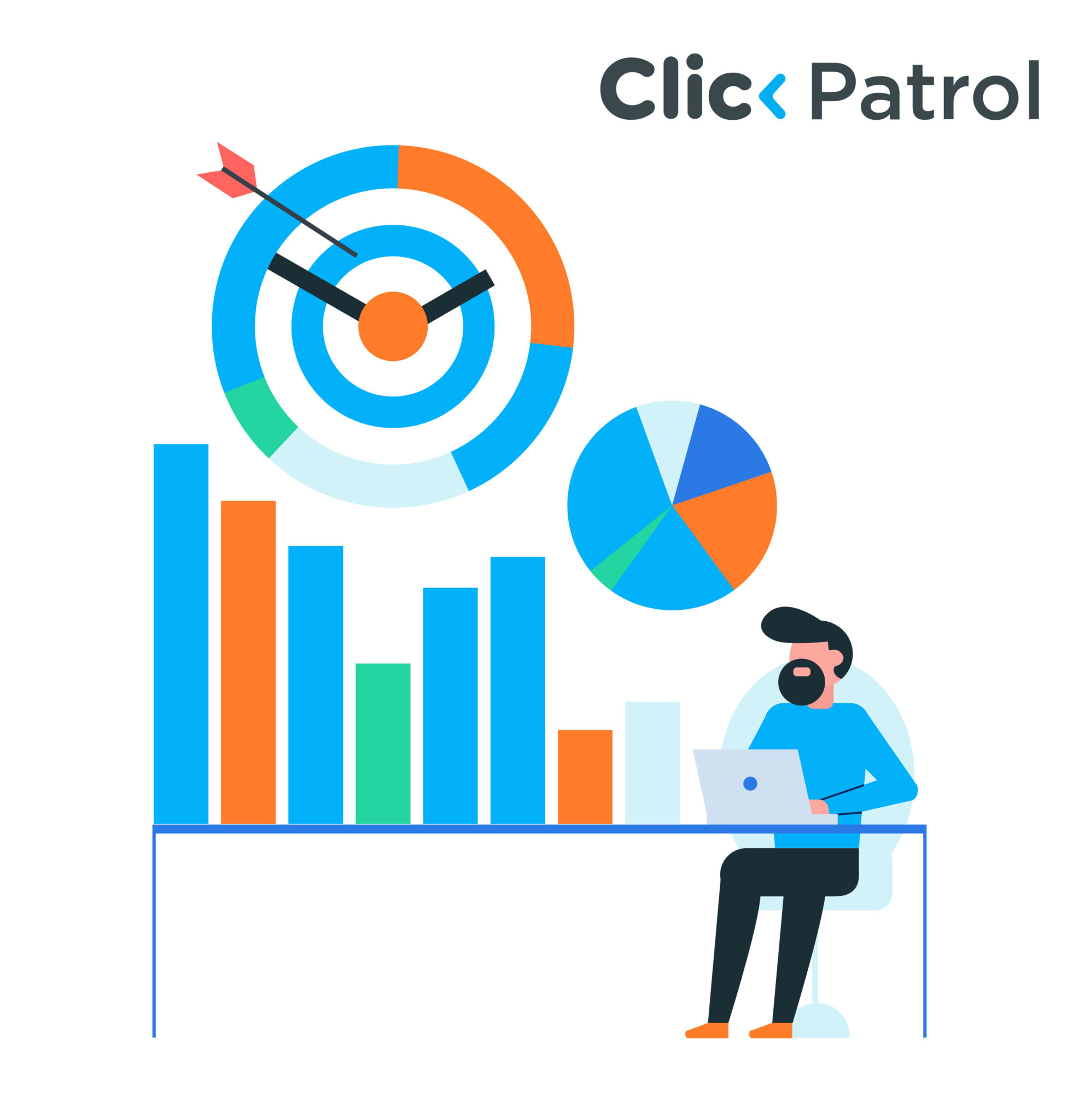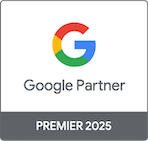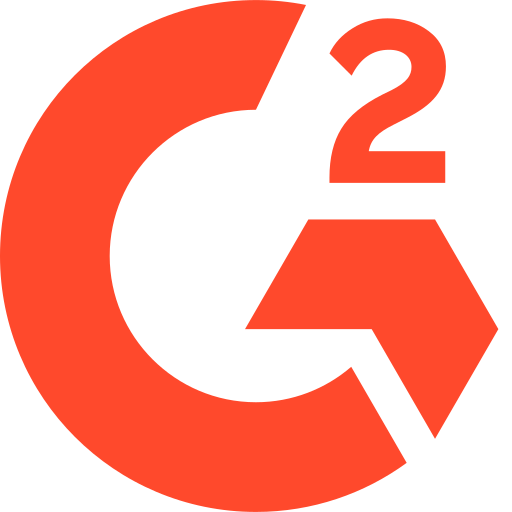
View-through conversions explained: How they are counted and why they matter for ROI
Abisola Tanzako | Jun 04, 2025

Table of Contents
- What are view-through conversions?
- How Google and Meta count view-through conversions differently
- Tools and technologies for tracking view-through conversions
- Challenges in tracking view-through conversions
- When should you use VTC attribution in campaign reporting?
- Maximizing the power of view-through conversions
- FAQs
Measuring the success of advertising campaigns remains crucial in digital marketing, as it enables organizations to optimize their strategies and maximize return on investment (ROI).
Google reports that view-through conversions can account for up to 25% of total conversions in display and video campaigns.
One such key measure is view-through conversions (VTCs), which quantify the residual effect of advertisements and provide conversion insights beyond click-through.
This guide explains how VTCs work, their differences from click-through conversions, and how to improve attribution accuracy.
What are view-through conversions?
View-through conversions occur when a consumer sees an advertisement but never clicks it, but then, after some time, does the desired action, such as purchasing a product, subscribing to a newsletter, or downloading an app.
In contrast to click-through conversions, which account for explicit involvement, VTCs provide context regarding the inherent power of advertisements, particularly display and video ad campaigns that aim to gain brand awareness.
For instance, a blog reader who is a visitor notices a banner advertisement for a green fashion company. They do not click, but remember the brand. Days later, they search for its name on Google, visit the website, and buy a product.
How Google and Meta count view-through conversions differently
Google and Meta (Facebook/Instagram) both track view-through conversions (VTCs) when someone sees an ad but does not click, then later converts, but they do it in different ways:
1. Attribution window
- Google uses a 1-day default window. If a user sees the ad and converts within 24 hours without clicking, it is a VTC.
- Meta uses a 1-day view and 7-day click window by default, but the view window can be adjusted (up to 28 days in some cases).
2. Attribution method
- Google counts a view-through conversion only if no ad click happens. If a click occurs, the click is taken as credit.
- Meta attributes conversions to the last interaction, whether a view or a click, but prioritizes clicks over views when both occur.
3. Reporting transparency
- Google reports view-through conversions separately from click-through conversions.
- Meta combines them by default, unless you customize your attribution settings and reporting.
4. Conversion modeling
- Google uses modeled conversions to account for privacy restrictions, such as cookie limitations on Safari.
- Meta also utilizes modeling, particularly through its Aggregated Event Measurement system, due to recent iOS privacy changes.
5. Cross-device tracking
- Google leverages logged-in users across devices (such as Chrome or YouTube) for improved accuracy.
- Meta tracks users across devices using Facebook and Instagram logins.
Tools and technologies for tracking view-through conversions
Several analytics platforms serve as the most frequently selected tools for this purpose.
- Google Ads and Google Analytics: Google Ads utilizes conversion tracking to monitor VTCs, while Google Analytics 360 provides superior attribution modeling capabilities and cross-device statistical information. Their tools are designed to work best for marketing operations utilizing Google’s platform.
- Meta Pixel: The Meta Pixel is an essential tool for Facebook and Instagram campaigns. It records ad impressions and conversions and enables the monitoring of VTCs within user-defined attribution windows.
- Adobe Analytics: Adobe Analytics is a powerful marketing solution for enterprise businesses. It delivers comprehensive VTC reporting alongside multi-touch attribution capabilities and unified Adobe Experience Cloud tools.
- The Trade Desk: The Trade Desk platform utilizes DSP technology to monitor VTCs extensively across multiple publishers through its programmatic advertising service while delivering accurate attribution and real-time system optimization capabilities.
- Moat by Oracle: The viewability-focused Moat service operates to validate advertisements’ adherence to IAB standards by verifying that 50% of pixels stay visible for a minimum of one second.
- Integral Ad Science (IAS): IAS enables marketers to perform viewability checks and detect fraudulent activity, confirming the validity of their impressions and VTCs.
Challenges in tracking view-through conversions
The metric of view-through conversions provides rich information, but also presents some very key challenges:
- Viewability issues: Not all impressions are viewable. Even when an ad is on screen and users do not view it, the system still records an impression, regardless of whether anyone views it.
- Attribution bias: The measurement systems used by VTCs to track the success of advertisements are flawed, as they capture conversions that would have occurred naturally.
- Privacy laws: User tracking is now more restricted due to GDPR and CCPA laws, as more users opt out of data collection.
- Cross-platform integration: Unifying data between Google, Meta, and programmatic networks remains challenging due to their differing tracking mechanisms, which makes it difficult to measure VTC accurately.
When should you use VTC attribution in campaign reporting?
View-through conversion (VTC) attribution is proper when you want to understand the full impact of your ads, beyond just clicks. Here’s when you should consider using it in your campaign reporting:
1. Brand awareness campaigns: When your goal is visibility rather than immediate clicks or sales, VTCs help you measure how many people saw your ad and later took action. This is especially relevant for:
- Display ads
- Video ads (e.g., YouTube, Meta Reels)
- Programmatic campaigns
2. Long consideration cycles: For high-value products or services where people don’t convert immediately (e.g., real estate, insurance, SaaS), VTCs reveal how many conversions originated from a simple ad view.
3. Upper-funnel marketing: In early-funnel strategies, such as new product launches or educational campaigns, clicks may be low, but views can still influence later decisions. VTCs capture this delayed impact.
4. Retargeting and remarketing campaigns: If you run retargeting ads that remind users of your brand, some may not click but later return to convert. VTCs help you account for those indirect conversions.
5. Measuring Ad impressions in privacy-conscious environments: With cookie restrictions (like iOS updates or browser privacy rules), click data may not tell the whole story. VTCs help fill in those gaps using modeled data.
Maximizing the power of view-through conversions
View-through conversions (VTCs) provide the essential means to quantify the indirect impact of Internet ads, offering a more comprehensive perspective than traditional click-based measurement.
As marketers understand how impressions influence consumer decision-making, they can craft campaigns to enhance brand awareness and interaction.
Mastering key elements, such as impression tracking, attribution windows, and cross-device attribution, is crucial to unlocking actionable insights and enhancing overall campaign performance.
Despite challenges along the way, including viewability issues, attribution bias, and shifting privacy policies, advertisers who utilize advanced analytics and adhere to best practices can navigate these challenges relatively effectively.
As display ad spending is expected to reach $182 billion by 2025, using VTCs will become increasingly important for brands seeking to optimize ad performance.
As digital marketing continues to evolve, including VTCs in performance measurement ensures businesses remain competitive, drive conversions, and achieve the best return on investment.
Want clearer attribution? Enable view-through tracking in your next campaign and compare against click-based metrics.
FAQs
Q.1 What is the distinction between click-through and view-through conversions?
Click-through conversions occur when a user clicks on an advertisement and then converts. View-through conversions occur when a user views an advertisement but does not click on it, yet still converts.
Q. 2 Why are view-through conversions important?
They reveal the indirect effect of ads, enabling marketers to quantify and improve campaigns that build awareness.
Q. 3 How do privacy policies impact VTC tracking?
GDPR, CCPA, and similar legislation limit data collection, necessitating compliant tracking methods and reducing the number of trackable users.





